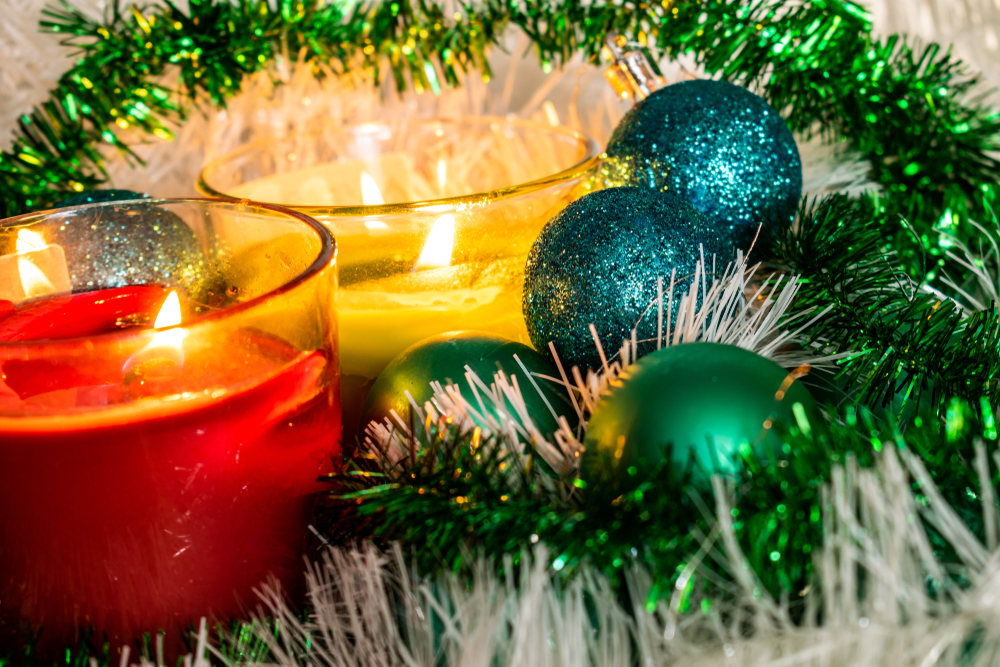Christmas Tinsel is a Danger to the Environment
Think before buying glittery christmas decorations, a scientist says.
Tinsel and glitter can end up in the sea, potentially harming marine life, and ESR scientist Dr Olga Pantos said shoppers could help.
“The majority of decorations now seem to be plastic and a lot seem to be covered in glitter, which rubs off quite easily.”
Microplastics, which include beads, fibres and fragments like glitter, are a globally significant environmental pollutant.
Pantos said when she visited some stores recently, she was met with glitter, tinsel and all things plastic.
“It was just phenomenal. It was almost impossible to find anything that didn’t have glitter.”
She knew of a master’s student in Christchurch who was finding glitter, along with synthetic fibres and fragments, in the city’s wastewater.
“I don’t believe that everything needs to be covered in glitter, we lived a long time without that, and everything looked nice.”
It was up to shoppers to chose items which were not going to harm the environment, she said.
“There needs to be more education about all things regarding plastics and knowing the price of the full life cycle of that product that you’re buying.”
Facial cleansers with microbeads, which are now banned in New Zealand, used to be used with abandon.
But now that people knew how they harmed the environment they didn’t want those products anymore, and it could be the same with glitter, tinsel and other plastics, she said.
There were many practical steps people could take to reduce the amount of plastic entering the environment, she said.
Reusable wax wraps and plastic containers were a better option than disposable plastic food packaging.
” Avoid plastic as best you can and if you do have to use it, then clean it before you put it out for recycling.
“If it’s dirty it’s not going to be recycled.”
A $12 million five-year research project on microplastics is being led by Pantos and Dr Grant Northcott of Northcott Research Consultants.
Five ways to combat plastic pollution
1. Presents and Toys. Pantos recommends choosing something that has the least amount of plastic packaging and decorations, and avoid plastic wrapping and laminate plastic. Many cuddly toys are stuffed with “nurdles” – small plastic pellets about the size of a lentil that can make their way into environment if the toy is damaged or disposed of without care.
2. Fresh Produce. Pantos said she was surprised recently when a family member returned from shopping with peppers on a plastic tray, wrapped in plastic. She prefers to use reusable cotton produce bags and buy from bulk bins.
3. Fruit labels. Avoid where possible and if you are using home composting remove the labels before putting your scraps and peelings.
4. Tea-bags. Many conventional square tea bags are sealed with plastic based products.
5. Avoid Cling-Film. Use plastic containers, reusable silicon zip-lock bags or wax wrapping rather than single-use plastic cling wrap which can’t be recycled. Not all soft plastics can be recycled and it is important to check. Compostable, degradable and biodegradable packaging can’t be recycled.

